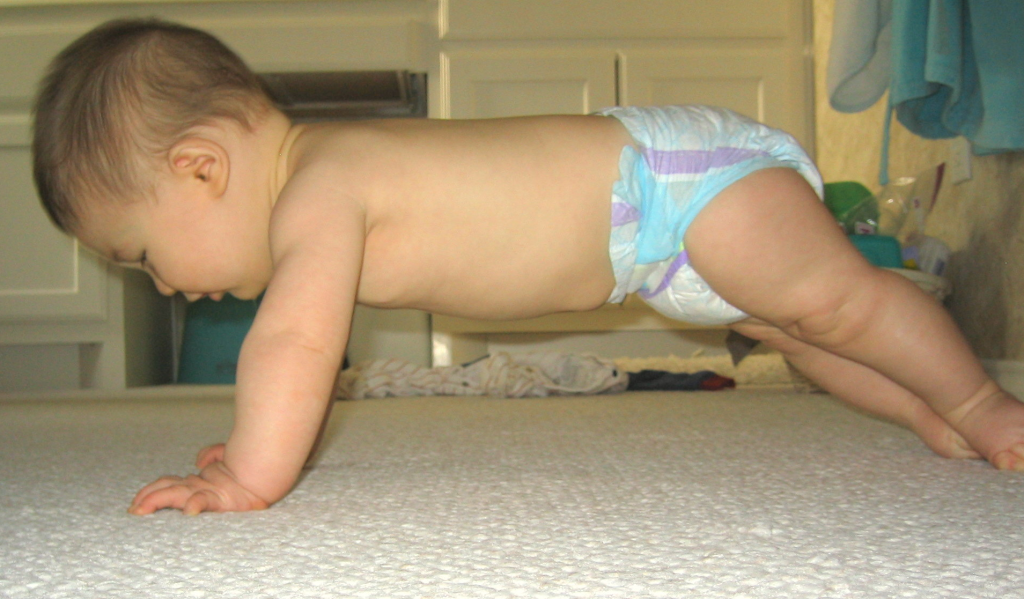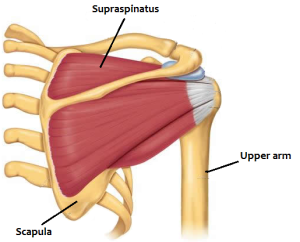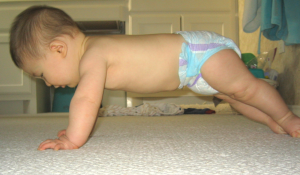There was a time a few years back when I felt like I was killing it. I used to bust out one arm push ups like they were going out of fashion.
10 a side? No dramas. Another 10? Sure thing. Another 10? Hell yeah. What about another 10? Hmm. Yeah, okay… Umm… Ouch?
So yeah, as you can probably tell, my “killing it” reign didn’t last forever. Despite me not having trouble taking on those bad boys, I didn’t realise that I was slowly damaging myself.
Maybe you can relate?
Have you ever been peaking at something and feeling your best, get a little niggle, and just brush it off to the side?
That same niggle then grows into more of a dull ache, which then evolves into an actual ache.
But you know, you keep putting it off. And eventually, choose to brush it completely aside and all the way under the carpet. All whilst telling yourself; “no way. I’m all good. I’ve come too far to be injured and lose so much.”
If not, maybe you could relate it to other areas of your life?
What about a confrontation you should of dealt with before it got out of hand? A 3000-word essay you put off until the night before it was due? A trip to the doctors for something that you’ve been worrying about for too long?
It’s in our nature to think and feel like we’re invincible and that nothing can harm us. And when something does go wrong or needs to be dealt with, we’re always the last to believe and accept it.
Back to my story.
So, of course after going through the whole ‘denial thing’, pushing through and dealing with the pain, I eventually bit the bullet and booked in to see a physiotherapist.
During my first session I was assessed and told that I’d put myself well on the way to a rotator cuff tear. Which, surprisingly, are a helluva lot more common than you might think. With studies even showing that they can exist even without the sign of any symptoms at all [1–2].
Anyway, for those playing at home, it was deemed to be most likely my supraspinatus muscle (one out of four of the rotator cuff muscles), as there was a fair amount of pain when I raised my arm up.
So, the physio (naturally) shoved some nice, sharp needles around my shoulder area. And he even thought it would be fun to hook those bad boys up to some electric currents to try and release and relieve some of that tension/inflammation build-up.
Mm yeah, not painful at all, right?
Following this, he gave me some crappy little rotator exercises (you know the ones – hold your arm at a right angle bend in the elbow, externally rotate and return to the start. Repeat, repeat).
I was hating it.
I was killing it less than a month ago with my one arm push-ups. So why am I now holding some shitty little 2kg dumbbells!?
Anyway, after three weeks of this, and a restriction to upper body weight training, something hit me.
I had a realisation. And it was one of the best things that could’ve happened to me in my career.
I started to question the why.
Why did I break? Wasn’t I strong enough? Surely I progressed through the stages correctly and “earned” my one arm push-ups?
Surely?
But, the big thing that I came to realise was simple.
Something went wrong down the line, and something had to have caused a chain of events leading to this.
It even made me question whether I’d been safe with all my clients, or, were they in fact on the same path to rotator cuff tear also?
Now given, none of them were performing any one arm push-ups (to my knowledge), but back-tracking down my training history, something had gone wrong for me, so it could happen to any one of my clients, right?
Or hell, even you.
But, before you get all paranoid, let me bring to light what is a key game changer when wanting to get the most out of your training and what helped me in fact, get back on track with mine.
Scap stability.
You might’ve heard of this scapula stability before, but most of the time it involves people busting out the resistance bands and performing hundreds of internal and external rotations trying to get their rotator cuffs strong.
Quite pointless unless you’re literally rehabbing a tear, really.
As fatiguing and/or hypertrophying the rotator cuff muscles (excessively), can be a completely wrong way of going about keeping the shoulder area happy.
There’s not much room in between all the nerves, tendons, ligaments, bursas and cartilage for an excessively hypertrophied rotator cuff muscle. Which does create a question as to why people perform excessive amounts of rotator cuff-specific exercises. If they keep that up, they could possibly be on the way to a much more inflamed shoulder area.
Day by day. Joint by joint.
You see, when we break down our body into segments using the infamous joint-by-joint approach, we can see that the scapula is a lot happier when it’s stable and able to move upon the rib-cage nicely without any deviating angles.
But to make the scapula as stable as possible, we firstly want to make sure the muscles that are attached to it are actually awake and available for this to happen effectively. And secondly, that the muscles surrounding the neighbouring joints aren’t actually creating annoying compensation patterns that result in the correct muscles being unable to properly activate.
So, once we’ve properly assessed what’s going on, we can then start to train the muscles to bring our scapular stability capability back up to a high level. Just like what we had when we were wee-little chubby quadrupeds.
Breakdown.
Whilst our rotator cuff muscles are essentially our pioneering shoulder stabilizers, we also have to look at the other muscles that are meant to hold the scapulae in place.
Muscles on your torso such as the traps (upper, mid and lower), the lats, serratus anterior and the rhomboids all play a part. There are definitely more to name, but I’d prefer not to bore you with words like coracobrachialis.
Anyway, let’s now take a few of the ones that I see on a daily basis that are much more prone to being weak/inactive in a computer-dominant society, and bring them to the foreground.
Enter, the lower traps, the lats and the serratus anterior (think, rib-cage under your armpit).
Plan of attack.
The exercises below are some nice and easy ones that require minimal to no equipment. I find it best if you focus on your air inhaling/exhaling and your neutral spine we’ve talked about before throughout all these exercises.
What you should find during all of these, is that the muscles in your back (namely your lower traps and lats) will start to burn.
Let’s get into it.
This first one can be a good one for people to learn first as it teaches you to learn to pull through your lats, whilst holding tension with the other muscles for the scapula to stay in place.
You want to try and keep your arm as straight as possible and focus on pulling through your lats to create the movement. Also, try not to go too far and to the point of your shoulder rolling forward.
Next up is the notorious wall slide.
Whilst keeping your body flush against the wall from your head down to your butt (yep, that includes your lower back and elbows too), slide your arms upwards until the point of you possibly losing contact against the wall. Return to the start focusing on your posterior muscles creating the movement.
Note: if this movement is super difficult, you can always opt to complete it on the floor until your range gets better.
Increasing the challenge and demand for control are these next two exercises.
Both require you to focus on keeping your arms rigid and creating the movement again, through your posterior muscles.
One more I want to chuck in is more of a serratus anterior exercise. This one can help with pulling your scapulae back down onto your rib-cage if you have deviating angles in them like I mentioned earlier in this article.
Again, arm straight, and focus on creating the movement through your serratus.
Pretty program.
I won’t give you a little program to go off for this time, as every individual is different. But if you’re looking to add these in due to shoulder pain/injury prevention/aid, high reps or timed rounds on each of these exercises are key.
Look for 15-30 reps or 30-90 seconds.
And of course, drop any questions below.






